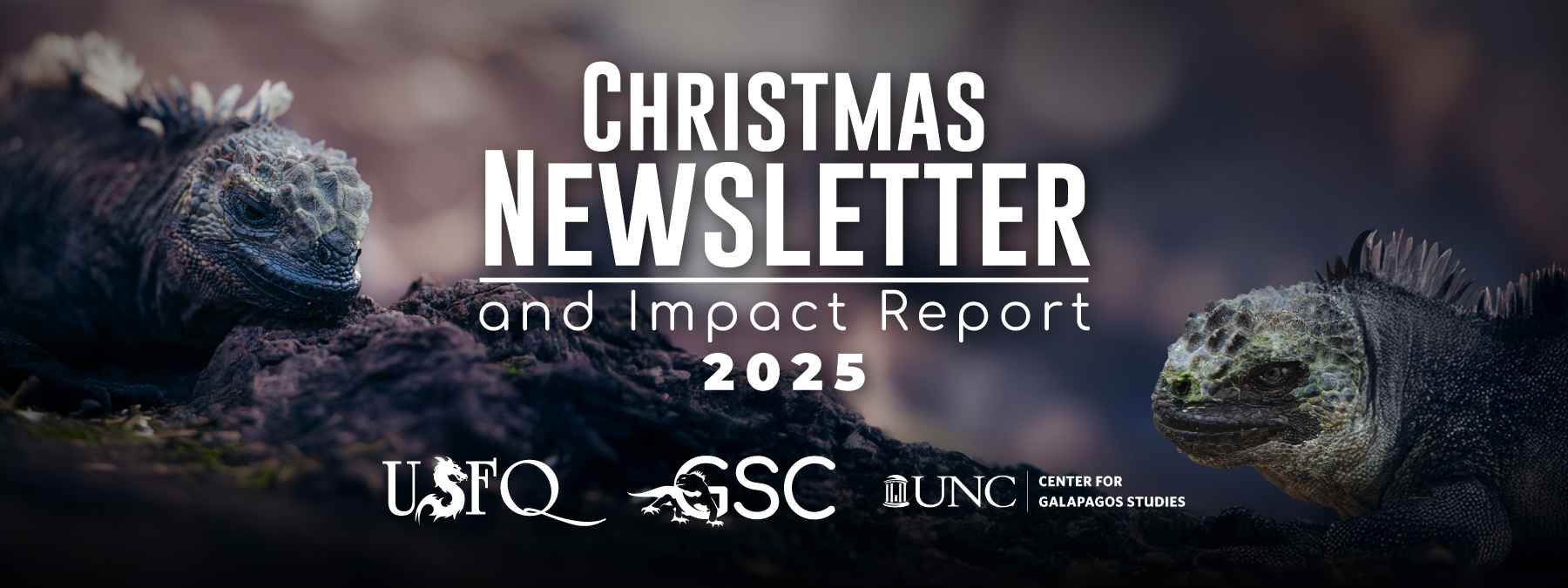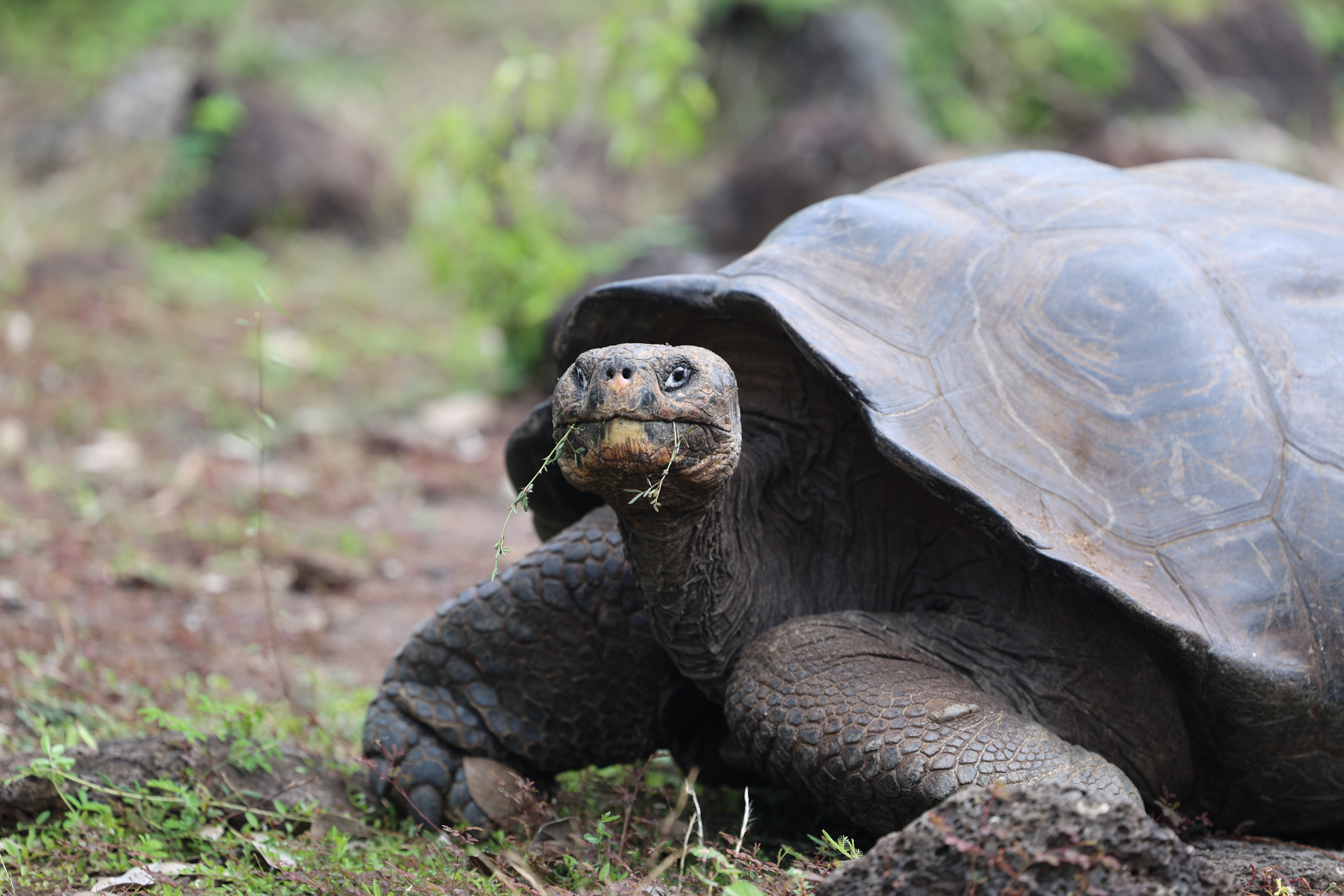The characteristics and peculiarities of these marine animals caught the attention of Maximilian Hirschfeld, associate researcher at the Galapagos Science Center and currently a PHD student at James Cook University in Australia.
Hirschfeld has worked in the Galapagos studying movements, distribution and genetic connectivity of sharks (and other marine animals such as turtles, marine iguanas and sea lions) since 2010.
His research has focused on identifying marine habitats that are essential for the long-term survival of key marine species in collaboration with the Galapagos National Park, with many recommendations taken into account for the development of the management plan of the Galapagos Marine Reserve.
This time his work is focused on providing a global synthesis that shows how marine barriers and the ecology of sharks and rays define genetic connectivity in the ocean.
For this, Hirschfeld carried out the analysis of hundreds of publications on the genetics of sharks and rays. Through this analysis 45 marine barriers were found, including deep ocean trenches, pronounced changes in salinity or water temperature, and marine currents – all which could limit the genetic connectivity even at small spatial scales.

For example, small species that live close to the seafloor, including Pacific angel sharks (Squatina californica), lack genetic exchange at distances of less than 100 km. Therefore, the impact of barriers on connectivity also depends on the ecology of individual species.
Thanks to this study, it has been possible to determine what ecological factors are needed for a species to overcome or cross these barriers – such as habitat, the depth to which a species can be submerged, or and even their size.
“Therefore, having access to this scientific information is of vital importance in the creation and modification of public policies, since it shows the capacity of the species to recover from some scenarios such as exploitation or climate change,” emphasizes Hirschfeld.
For many species of sharks and rays that inhabit the waters around Galapagos there is no scientific information on their connectivity between islands within the archipelago or between Galapagos and the continental coast of South America or more broadly with marine regions of other countries.
This study will serve as a guide for current and future Galapagos Science Center studies that seek to use genetic connectivity information to improve the management of Galapagos marine resources.
Written by Daniela González, Communication Coordinator at Galapagos Science Center






